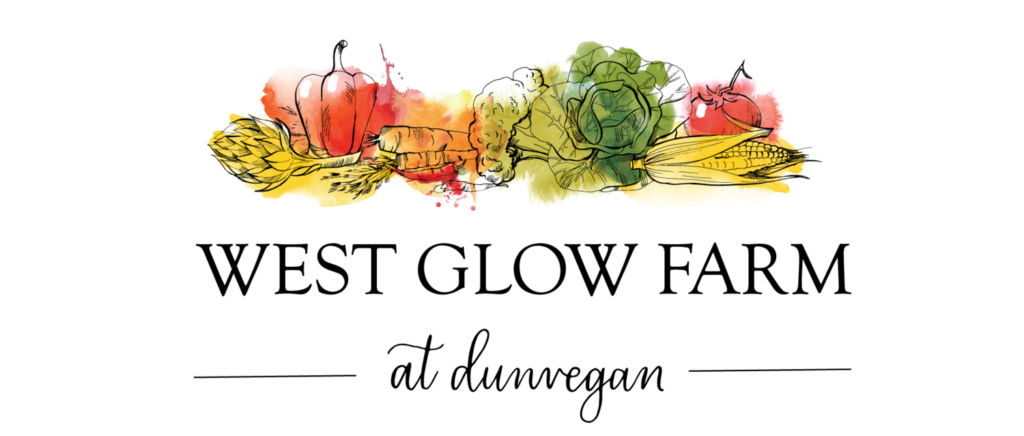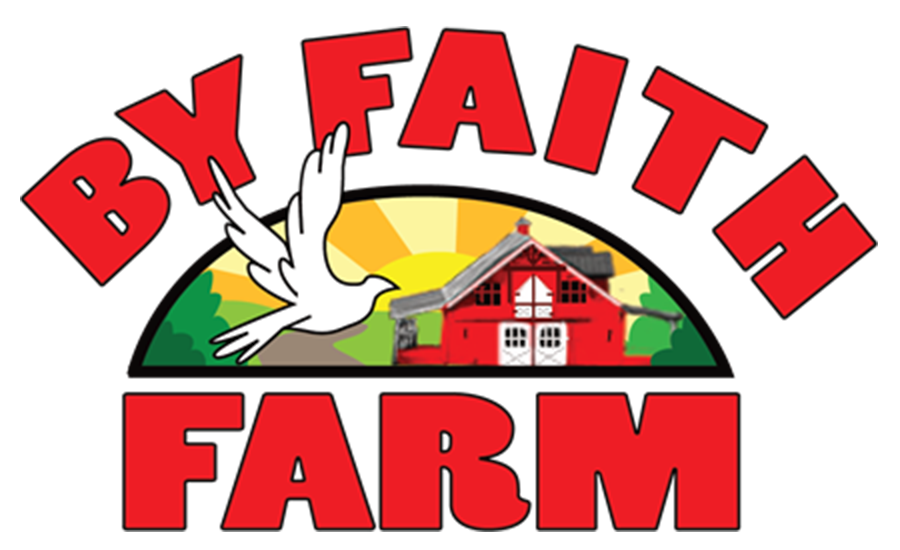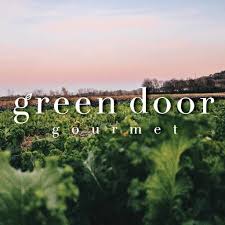Seed Starting

Container Gardening, Part 2
Hello Giving Garden Fans!
Last month we discussed the benefits of container gardening and touched on the best plants and containers and soil to use. We also provided planting, pruning, and watering tips. This month, we are going to talk about the importance of fertilizer and ongoing maintenance. LET’S JUMP IN!
Fertilizing
The three major nutrients that plants need are nitrogen, phosphorus, and potassium. These are referred to by the initials of their chemical symbols: N (Nitrogen), P (Phosphorus), and K (Potassium).
- “N” is for Nitrogen and is used by the plant to produce leafy growth and the formation of stems and branches. Nitrogen is essential in making sure plants are healthy as they develop and nutritious to eat after they’re harvested. That’s because nitrogen is essential in the formation of protein, and protein makes up much of the tissues of most living things. Notably, the more leaves a plant produces, the higher its nitrogen requirement.
- “P” is for Phosphorus which is essential for seed germination and root development. It is needed particularly by young plants forming their root systems and by fruit and seed crops.
- “K” is for Potassium which promotes flower and fruit production and is vital for maintaining growth and helping plants resist disease. It’s used in the process of building starches and sugars so is needed in vegetables and fruits.
Container-grown vegetables are best fed by mixing compost and a balanced organic fertilizer into the potting mix each time you replant, followed by a liquid fertilizer regimen when roots have begun to fill the container. Most name-brand potting soils already contain starter fertilizer, and organic potting soils have nutrients from the compost used to make them, so you don’t usually need to mix in dry fertilizer the first year. Thereafter, you can buy organic fertilizer or make your own. As I live in Nashville, I often use “Music City Gold” manufactured by Metro Water Services in my containers. IT’S FASCINATING! I suggest researching an organic fertilizer that suits your personal and plant needs.TIP: In his book “The Vegetable Gardener’s Container Bible,” Edward Smith recommends the following organic fertilizer mix:
- 1/3 cup blood meal (for nitrogen)
- 1/3 cup colloidal phosphate (for phosphorus)
- 1/3 cup greensand (for potassium and trace elements)
Maintenance
- Proper drainage is key to keeping your plants from drowning. To promote drainage and prevent water settling, consider elevating your planter with planter feet or a saucer with an inner rim. Make sure you have plenty of holes in your container. You can drill more holes if necessary and cover any large holes with a screen or a coffee filter to prevent soil loss.
- Once your plants are established, begin regular feeding with a plant food formulated for the type of plants in your container garden.
- Water frequently and stay on a schedule. Haphazard watering leads to disease and disappointing yield. Keep the soil evenly moist but not soaking wet.
- Fill in with additional potting soil as needed.
- As the sun angle shifts during the season, be sure to move your containers around to ensure they get the optimal sun for their needs.
Happy gardening!






